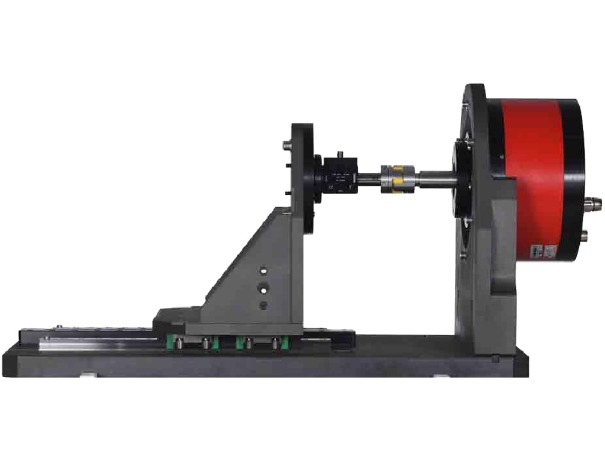By simulating real-life conditions, fatigue testing allows engineers to understand how materials and parts respond to repetitive loads, fluctuating temperatures, and variable pressures that are common in aerospace environments. In this article, we’ll dive into what fatigue testing machines do, why they are crucial for aerospace, and how innovations are shaping the future of fatigue testing.
What is a Fatigue Testing Machine?
A fatigue testing machine is a device used to apply cyclic loads to materials and components until they fail. It helps determine how many cycles a part can withstand before cracking or breaking, which is crucial for predicting product lifespan. By understanding the limits of materials under repeated stresses, engineers can enhance the durability and safety of aircraft.
Why the Aerospace Industry Needs Fatigue Testing Machines
In aerospace, components face extreme conditions that can degrade materials over time. Fatigue testing ensures that these components maintain their structural integrity under continuous stress, ultimately protecting lives and enhancing the longevity of aircraft.
How Fatigue Testing Machines Work
Fatigue testing involves mounting the test specimen in the machine, setting the desired cyclic load, and continuously monitoring it. The machine records how many cycles the material endures until failure, providing data on the component's durability and weaknesses.
Features of Modern Fatigue Testing Machines
Modern fatigue testing machines feature advanced technologies, such as:
- Precision Sensors: Ensure accuracy in load application and data collection.
- Automation: Reduces human error, enhances efficiency.
- Digital Monitoring: Provides real-time data, allowing for quicker analysis.
Benefits of Fatigue Testing in Aerospace
Fatigue testing offers significant benefits:
- Safety Compliance: Ensures components meet industry safety standards.
- Extended Component Lifecycle: Identifies weaknesses and potential improvements, extending the life of critical components.
Why is fatigue testing important in aerospace?
It ensures the durability and safety of aircraft components by simulating real-world stresses and identifying potential failure points.
What types of materials are tested in aerospace fatigue tests?
Common materials include aluminum alloys, titanium, and composites, each chosen for their unique properties suited to aerospace demands.
How does automation improve fatigue testing?
Automation enhances accuracy, reduces human error, and allows for continuous testing, speeding up the analysis process.
